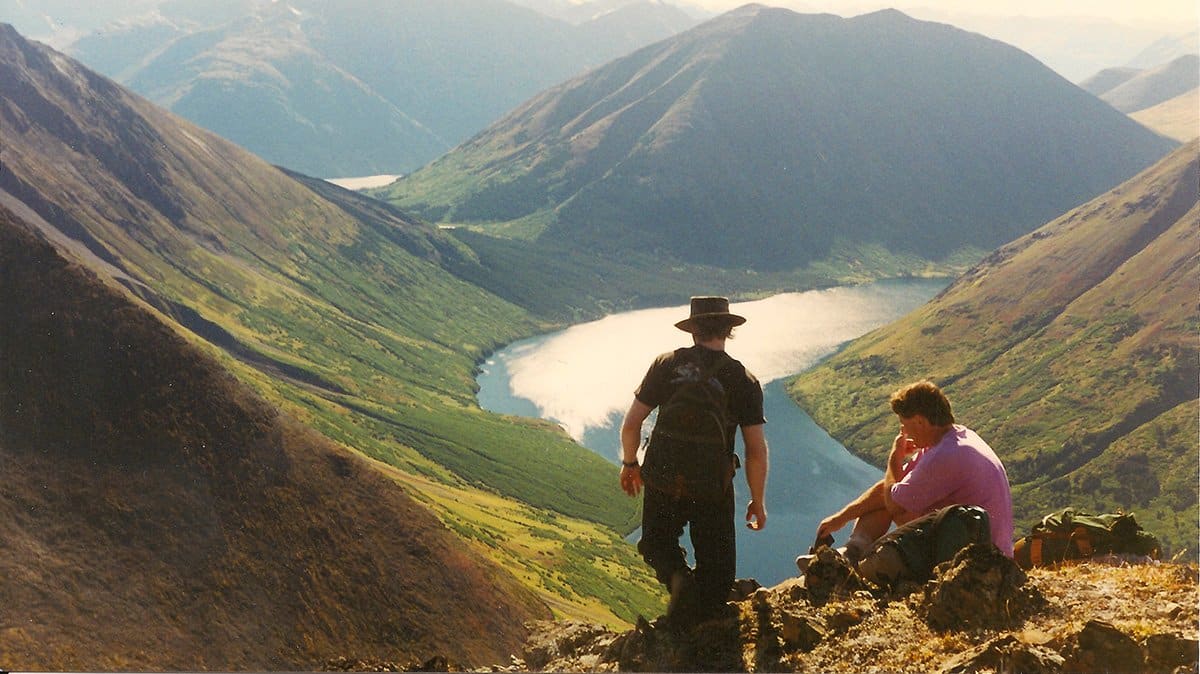
The author and his brother enjoy a view of LV Ray Peak in 1997.
LV Ray Peak Near Moose Pass
By Clark Fair
Hikers climbing the Carter Lake Trail near the Trail Lake Fish Hatchery will notice the dark grey, pyramidal summit of LV Ray Peak aiming heavenward just south of the highway. Connected by a ridgeline to Madson Mountain, which towers over Moose Pass, L V Ray tops out at 4,840 feet and is named for LeRoy Vincent Ray—a Seward lawyer and mining investor who was the city mayor three times and the Senate president of the first Alaska Territorial Legislature.
Ray, commonly known as L.V., was born in Brookline, Mass., in 1878. After studying for the bar under several attorneys and spending a year working in Ketchikan, the 28-year-old Ray arrived in Seward for the first time in January 1906. The town was booming with industry—shipping, fishing, mining, and the Alaska Railroad—and there was more to come after the opening of the Iditarod Trail and the establishment of the Chugach National Forest in the next few years.
With industry also came a burgeoning population and a commercial center, and Ray fit right in. He opened a law office in 1906 in the Harriman bank building downtown, and the very next year he was appointed Assistant U.S. Attorney for the Third Judicial Division. After being stationed for a time in Seward, he was transferred to Valdez, where he met and married young Hazel Sheldon in 1908.
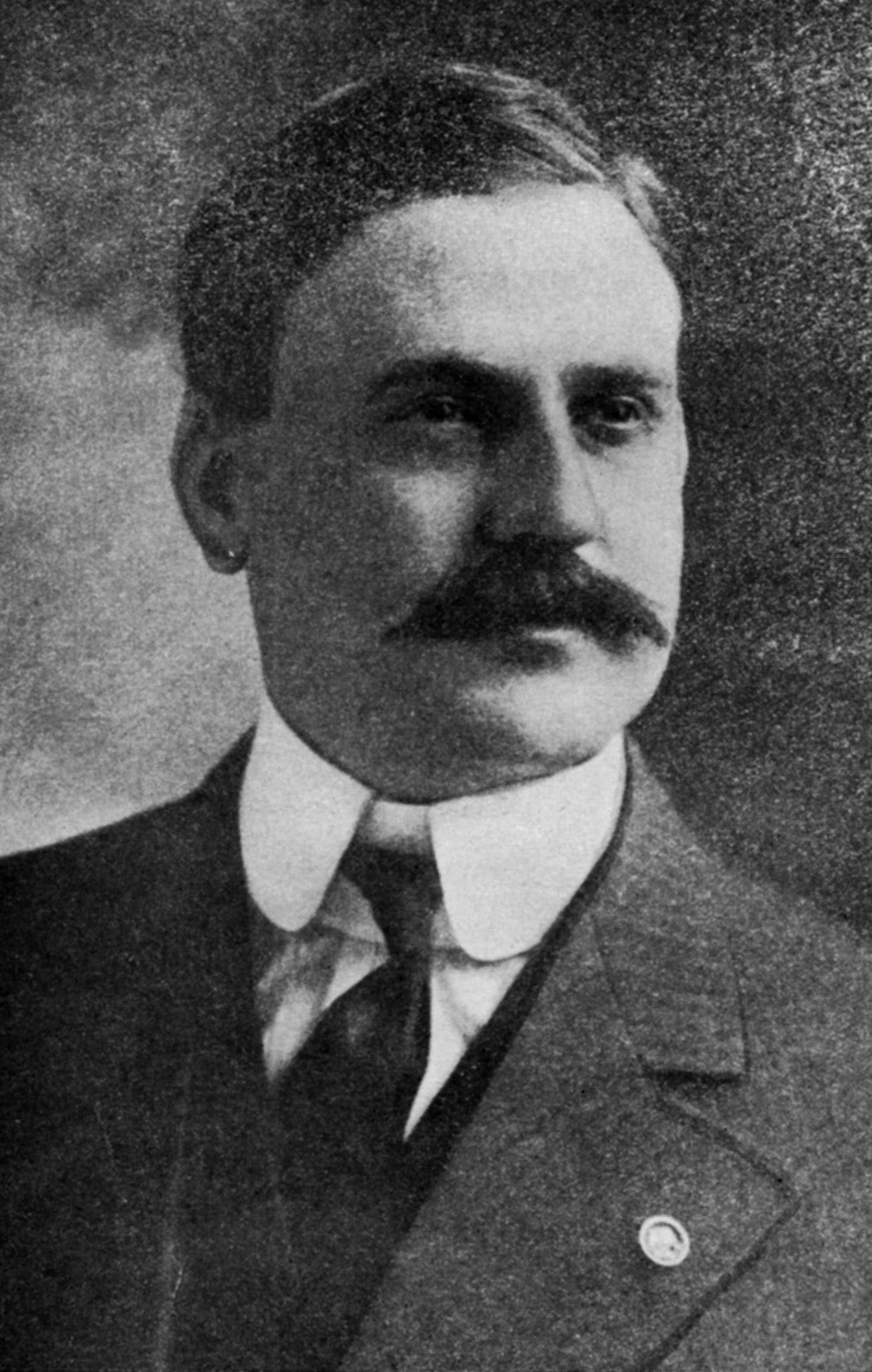
LV Ray in 1920
According to historian John P. Bagoy, Sheldon, who had been born in Seattle and had lived in Alaskasince she was 11 years old in 1900, was working as a Valdez telephone operator when she met L.V. After his job prompted a few brief moves, L.V. brought his bride back to Seward to live in 1910. Ray’s daughter, Patricia Williams, who lived for more than 100 years, described her dark-haired father as “fine looking” and “well liked.” She said, “He was a very private person, well educated and dignified. I would say that people came to him rather than he to them.”
In Seward, she said, L.V. Ray was “a person to be admired, and there weren’t the feelings about attorneys then that there are now.”
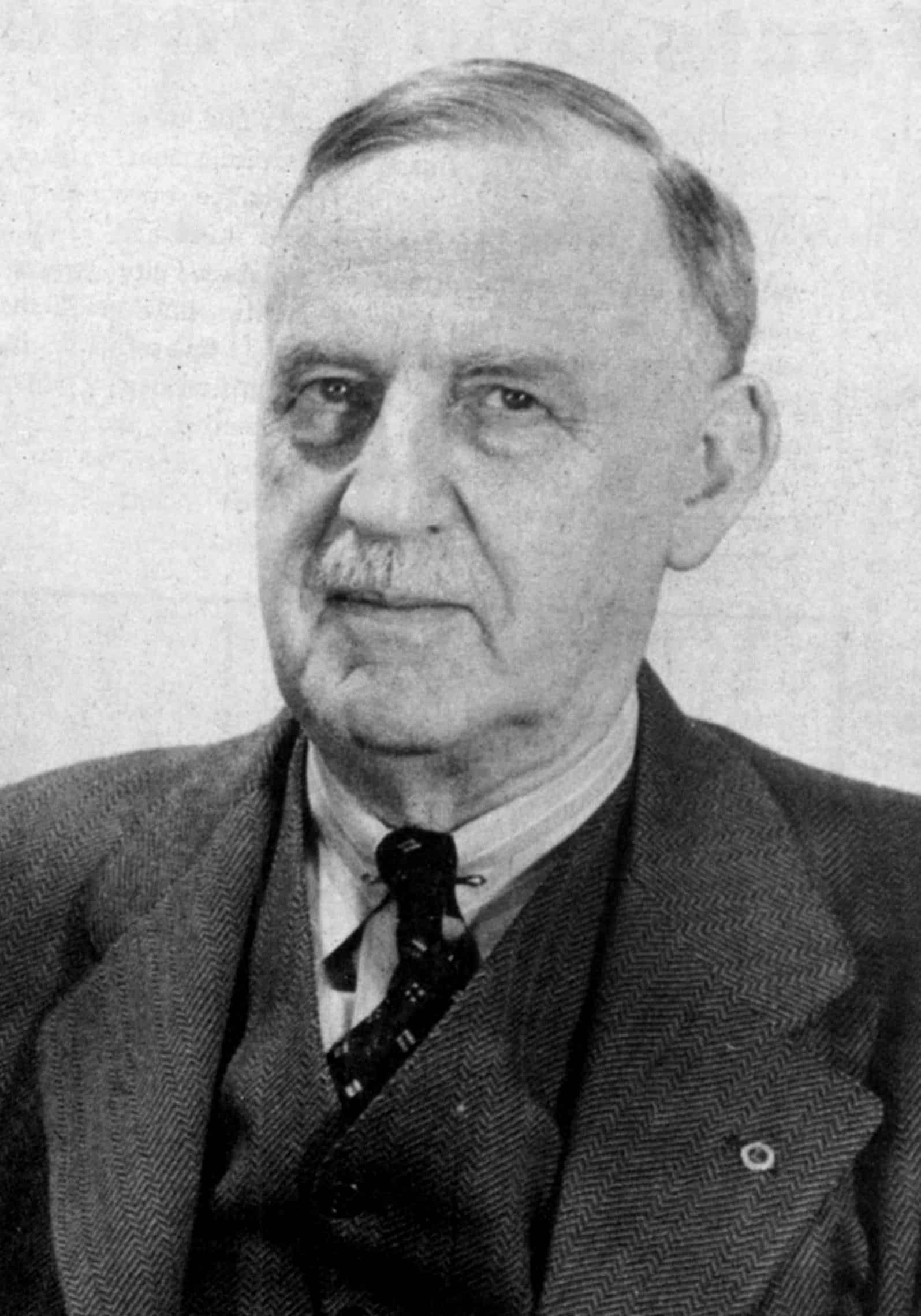
LV Ray in 1945
Two years after the Rays moved to Seward, Alaska became a territory, and in March 1913 L.V. took his place as Senate president. The first act of this first Alaska Legislature was to grant women in the territory the right to vote. (By comparison, the 19th Amendment to the U.S. Constitution, ratified seven years later, would provide all U.S. citizens the right to vote.)
That was hardly the only big event during Ray’s days in Seward, however.
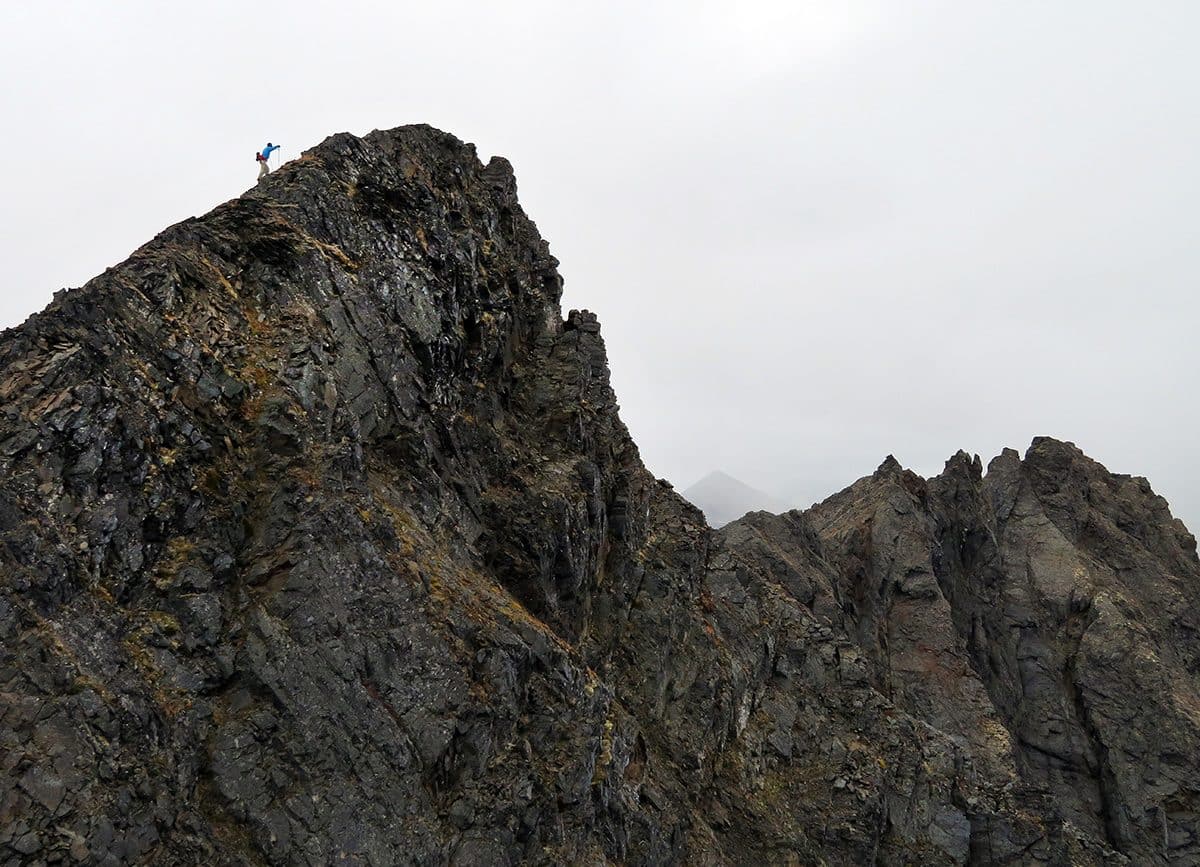
Man walking on summit of LV Ray Peak in 2019
In July 1923, during one of Ray’s terms as mayor, the president of the United States came to town. Warren G. Harding, who was touring the western United States, western Canada, and Alaska, cruised into Seward aboard the naval transport, the U.S.S. Henderson.
Construction of the Alaska Railroad had begun in Seward in 1903, and in 1923, after some financially troubling years and changes in management, the southern section of the railroad had been completed all the way to Nenana, where it met the northern section, which had begun in Fairbanks. After shaking hands and speaking in Seward, Harding and his retinue rode the rails all the way to Nenana to drive the commemorative golden spike and symbolically complete the railroad.
Harding returned to Seward on his way south and spent a restful 24 hours there before moving on. Unfortunately for Harding, who had not felt well for several days, he lived only two more weeks, dying in San Francisco on the evening of Aug. 2, 1923, of an apparent heart attack, during the middle of a conversation with his wife.
Back in Seward, L.V. Ray continued his successful law business, for a time commuting by rail between his office in Seward and a second one in Anchorage. He also invested in mining operations around the peninsula, among the most successful being the Bruhn-Ray Mine on Canyon Creek near today’s Hope Highway.
L.V. Ray died at age 68 in 1946, and Hazel died at about age 94 in 1982. Both were buried in the Pioneers of Alaska Seward Cemetery.
Enjoy these articles? Sign up for our monthly newsletter to be sure to see them or follow us on Facebook or Instagram. Sign up below!
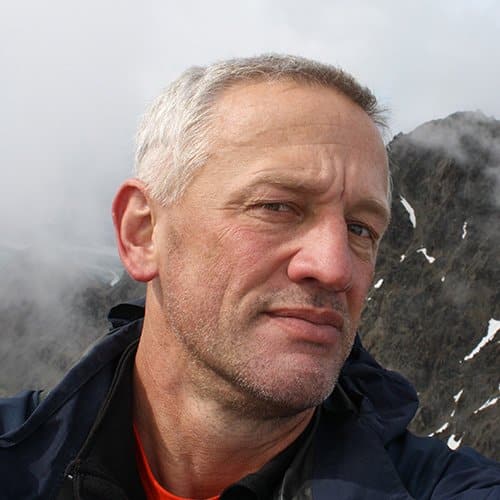 Clark Fair, a lifetime Alaskan now living in Homer, grew up on a homestead in the Soldotna area. He is a former high school English teacher and journalist who now does freelance writing and photography and works part time for Kenai Peninsula College.
Clark Fair, a lifetime Alaskan now living in Homer, grew up on a homestead in the Soldotna area. He is a former high school English teacher and journalist who now does freelance writing and photography and works part time for Kenai Peninsula College.
This article originally appeared in the Redoubt Reporter in 2011.
